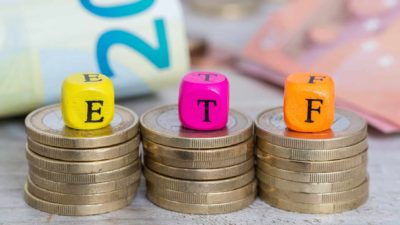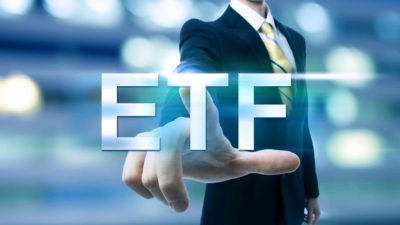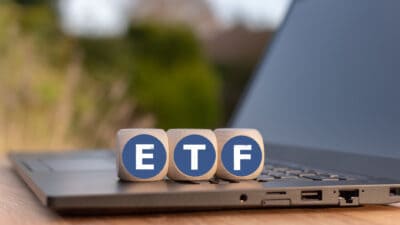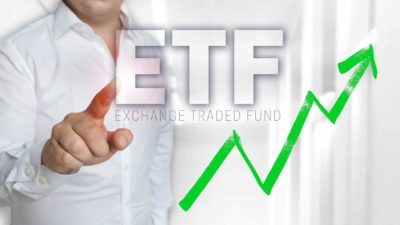ASX exchange-traded funds (ETFs) come in all shapes and sizes these days. Gone are the times when ETFs meant index funds. In our modern age, there are ETFs on the ASX that cover almost anything you can think of. There are funds covering bank shares, oil futures, and the South Korean share market. And yes, there are gold ETFs as well.
The ASX is home to a number of popular ETFs that track gold in various ways. There's Perth Mint Gold (ASX: PMGOLD) and the BetaShares Global Gold Miners ETF (ASX: MNRS). But there is also the ETFS Physical Gold ETF (ASX: GOLD). And that's the ETF we'll be taking a closer look at today.
How does the GOLD ETF work?
So according to the provider, this ETF from ETF Securities offers an alternative to investors owning physical gold bullion. It does not invest in gold miners or other gold-related assets like some other gold ETFs on the ASX. As such, investors can expect a return equivalent to the movements of the gold price itself (in Australian dollar terms). Taking into account the ETF's management fees, of course.
Unlike most ETFs, an investment in the GOLD exchange-traded fund represents ownership of the precious metal. It does not equate to ownership of any shares or businesses of any kind. As such, GOLD units do not provide investors with a yield of any sort.
GOLD works by issuing units that are backed by physical bullion. This bullion is reportedly held in custody by JPMorgan Chase & Co in London.
According to ETFS, "each physical bar is segregated, individually identified and allocated, which means there is no credit risk. Investors can choose to redeem units for the physical holdings."
Since its inception in March 2003, the ETFS Physical Gold ETF has returned an average of 8.23% per annum. The fund charges an annual management fee of 0.14%.









